Dogs can be subject to the same diseases of the mouth, gums and teeth as can their owners. Since you dog has no way of telling you that is has a toothache, dog owners must take care to look after the dental health of their dog. An untreated tooth infection can lead to very serious problems with your pets' vital organs.
The diet your dog eats makes a big difference to the health of their teeth. Fortified dog food and treats which are designed to maintain dental health are one good way to protect your pets' health. You can have your dogs' teeth professionally cleaned by your vet, but this is not needed except in extreme cases; your dog has to be anesthetized and can be expensive and risky for your pet.
Even if your dog is no longer a puppy you can train them to accept having their teeth brushed with some patience and perseverance. Both dogs and puppies alike can be acclimated to having the toothbrush in their mouths simply by starting out using your finger and a dab of peanut butter.
Your pet will lick your finger (and the peanut butter). You can start rubbing their teeth and gums while praising your dog. After a few days you r dog will become accustomed to this and you can start trying it with a piece of gauze wrapped around your finger. Rub the teeth and gums with your finger just as you would with a toothbrush. When your dog gets used to this procedure, you can start using a real toothbrush.
Never use toothpaste intended for humans on your dog as ingredients such as baking soda will upset their stomach. Also, dog toothpaste is specially formulated for their teeth and will have an appealing smell and taste to help make the process a bit easier. Start out by letting your dog lick a dollop of toothpaste off of the brush first, then use more to finally start brushing.
Lift the sides of your dog's gums so you can access their upper teeth, aptly called the canines, and hold the toothbrush at a 45 degree angle for the best results. This allows you to clean the gum line as well as the teeth to keep the gums equally as healthy. Brushing two to three teeth at a time, brush in a circular motion anywhere from eight to ten times or so in order to get each area clean. A dog's upper back teeth tend to be the most susceptible to decay and periodontal disease, so if anything, focus your efforts there first.
Make dog teeth cleaning a happy occasion for your dog. Keep low key to prevent your dog from getting too excited to hold still. You should only need abut a minute to get your dogs' teeth clean and make sure that they stay healthy and happy.

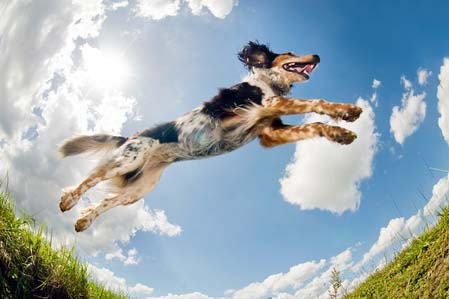 Summer Grooming: How to Keep the Outdoors Out
Summer is the perfect time to bond
Summer Grooming: How to Keep the Outdoors Out
Summer is the perfect time to bond
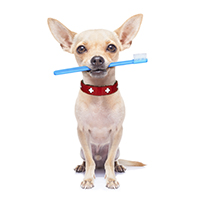 Ear Infections in Dogs: Causes, Diagnosis, Treatment, & Prevention
If your dog suddenly starts whining
Ear Infections in Dogs: Causes, Diagnosis, Treatment, & Prevention
If your dog suddenly starts whining
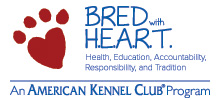 The Carefully Planned Litter
Successful breeders know the streng
The Carefully Planned Litter
Successful breeders know the streng
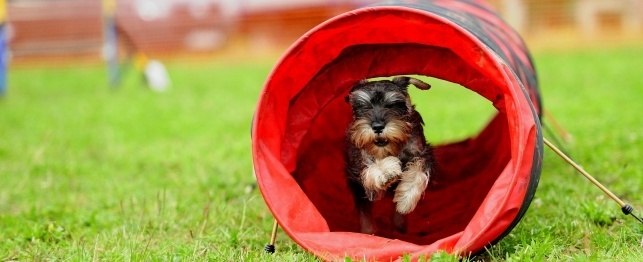 Suffocation Hazards for Dogs
Suffocation Hazards for Dogs
Suffocation Hazards for Dogs
Suffocation Hazards for Dogs
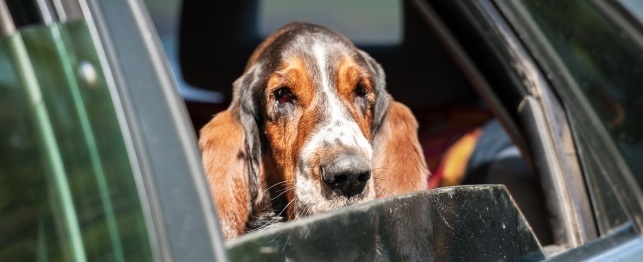 10 Tips that Can Keep Your Pet Safe!
10 Tips that Can Keep Your Pet Safe!
10 Tips that Can Keep Your Pet Safe!
10 Tips that Can Keep Your Pet Safe!